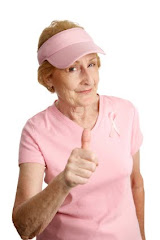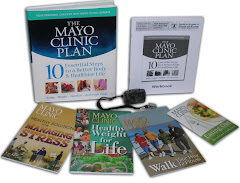The interaction of many factors, including the aging process and lifestyle, decreases individual performance potential and increases the differences among individuals across their life spans. These differences can be striking. There are certain changes in the body that occur universally with age, but we can slow the progression of many of these changes with proper diet and exercise. Following is an overview for each organ system.
Integumentary (Skin) System
The major functions of this system are protection from environmental hazards and temperature control. Sweat glands become less active, and at the same time blood supply to the skin is decreased. This combination makes the older adult less able to lose body heat, so overexertion or exposure to extreme temperatures can cause dangerously high body temperatures.
Skeletal System
The major functions of this system are in structural support, protection of soft tissues, mineral storage, and blood production. Everyone begins to lose bone mass between the ages of 30 and 40. Over this period of time, the number of osteoblasts (bone building cells) begins to decline, while the number of osteoclasts (cells that break down bone) remains the same.
Muscular System
The major functions of this system are locomotion, support, and heat production. We are referring to skeletal muscle only (not cardiac or smooth muscle). As the body ages, there is generally a reduction in the size and power of all muscle tissues. In particular, skeletal muscle fibers become smaller in diameter.
Nervous System
The major function of this system is to direct immediate responses to stimuli by coordinating the activities of other systems. With aging, reaction times slow and reflexes become weaker. There is a decrease in the precision of motor control, and it takes longer to perform a given motor pattern than it did 20 years earlier.
Endocrine System
This system's major function is to direct long-term changes in the activities of other organ systems through the production of hormones. The most dramatic change is the decline in the concentration of reproductive hormones. In addition, age-related changes in other tissues affect their abilities to respond to hormonal stimulation.
Cardiovascular System
The main function of this system is the internal transport of cells and dissolved materials, including nutrients, wastes, and gases. Aerobic capacity decreases by 50% between ages 20 and 80, because maximum cardiac output decreases by 25% and peripheral O2 utilization decreases as muscle mass and strength decrease.
Lymphatic (Immune) System
The major function of the immune system is defense against infection and disease. With advancing age, the lymphatic system becomes less effective at combating disease and fighting off infections. The net result is an increased susceptibility to viral and bacterial infections.
Respiratory System
The major function of this system is the delivery of air to sites in the lungs where gas exchange can occur between the air and circulating blood. Regular aerobic training can substantially slow the age related decline in VO2 max. The age-related decrease in aerobic exercise capacity is due only in part to pulmonary changes and is mostly due to altered cardiovascular responses.
Digestive System
The major functions of this system are the processing of food and the absorption of nutrients, minerals, vitamins, and water. Because of the large functional reserve capacity of most of the gastrointestinal (GI) tract, aging has relatively little effect on GI functioning.
Urinary System
The major function of this system is the elimination of excess water, salts, and waste products.A decrease in the glomerular filtration rate, or the rate at which blood is forced through and filtered by the renal corpuscle in the kidneys, is the most important functional defect caused by aging.
Reproductive System
The main function of this system is to produce sex cells and hormones. The most striking age-related changes in the female reproductive system occur at menopause, while changes in the male reproductive system occur more gradually and over a longer period of time.
Yes, inevitably changes do occur with age. However, how successfully a person ages is 1/3 genetics and 2/3’s lifestyle. You, as a personal trainer, lifestyle coach or other fitness professional, can play a significant role in helping your client slow the rate of progression of most all of these changes through proper Diet and Exercise!
If this is an area of training that sounds interesting, you should consider continuing your education with advanced training to safely and effectively work with the mature adult who is experiencing the effects of aging. An excellent home-study CEC course that is recognized by all major certification organizations in the US and Canada is:
SrFit: Senior Fitness Specialty Certification
This in depth program (worth 19-24 CECs) will teach already certified and experienced personal trainers, lifestyle coaches, and athletic trainers to safely and effectively train adults age 45-62+ (Baby Boomers and Beyond). SrFit Home-study program
Personal Training Certification Organizations
American Academy of Health and Fitness: Fitness Specialty Certifications and Continuing Education Home Study Courses for Health and Fitness Professionals
Tuesday, September 21, 2010
Subscribe to:
Post Comments (Atom)







No comments:
Post a Comment